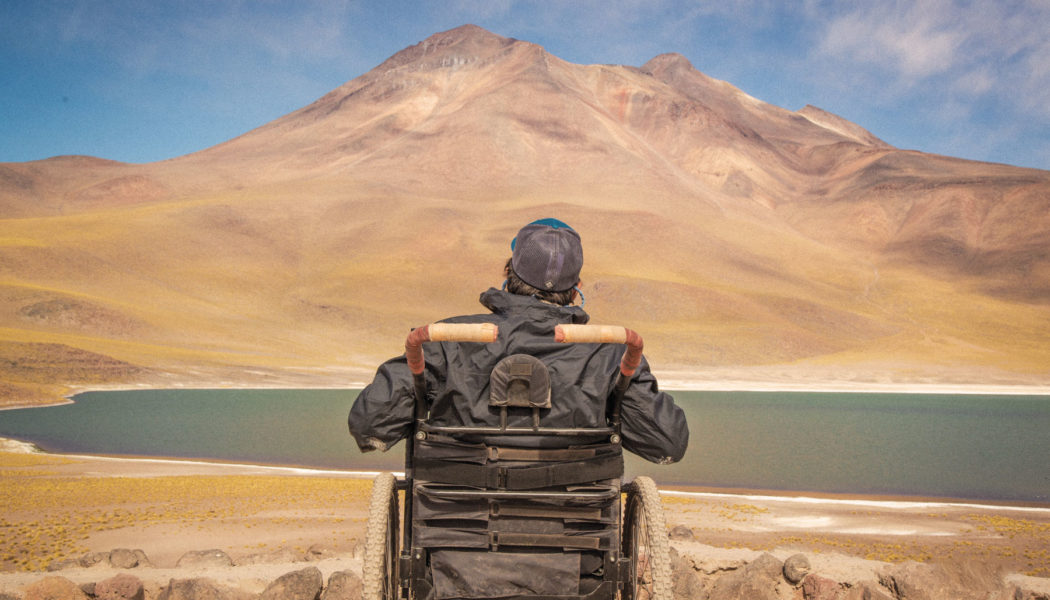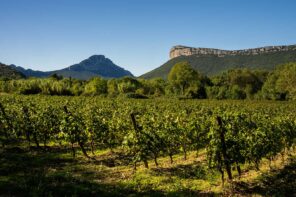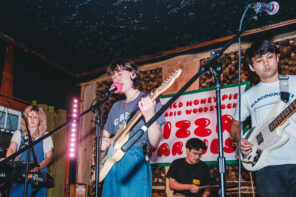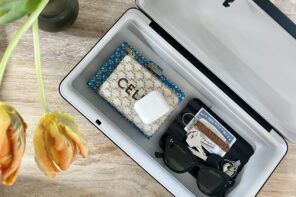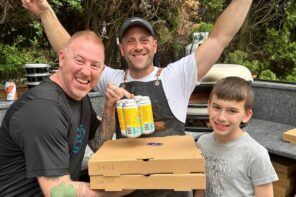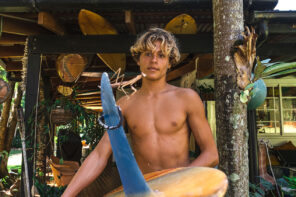Adding accessibility to America’s best idea
We don’t know too many people who don’t have some sort of desire to go out and see the world, experience the views, have the bragging rights to completing one of the world’s hardest hikes, and so on. Which is why everyone should have the access to do so. Our friends at Wheel the World are working to make this happen. After founder Alvaro Silberstein became the first to complete the W Trek in Patagonia via wheelchair, he wanted to give that opportunity to others who face any sort of limitation. Wheel the World provides any and all adventurers accessible travel experiences, places to stay, and things to do based on travelers’ specific abilities and aspirations. Not stopping there, they also provide inclusive tours and curated trips all over the world, giving people data-informed accessibility information so everyone and anyone can experience adventure.
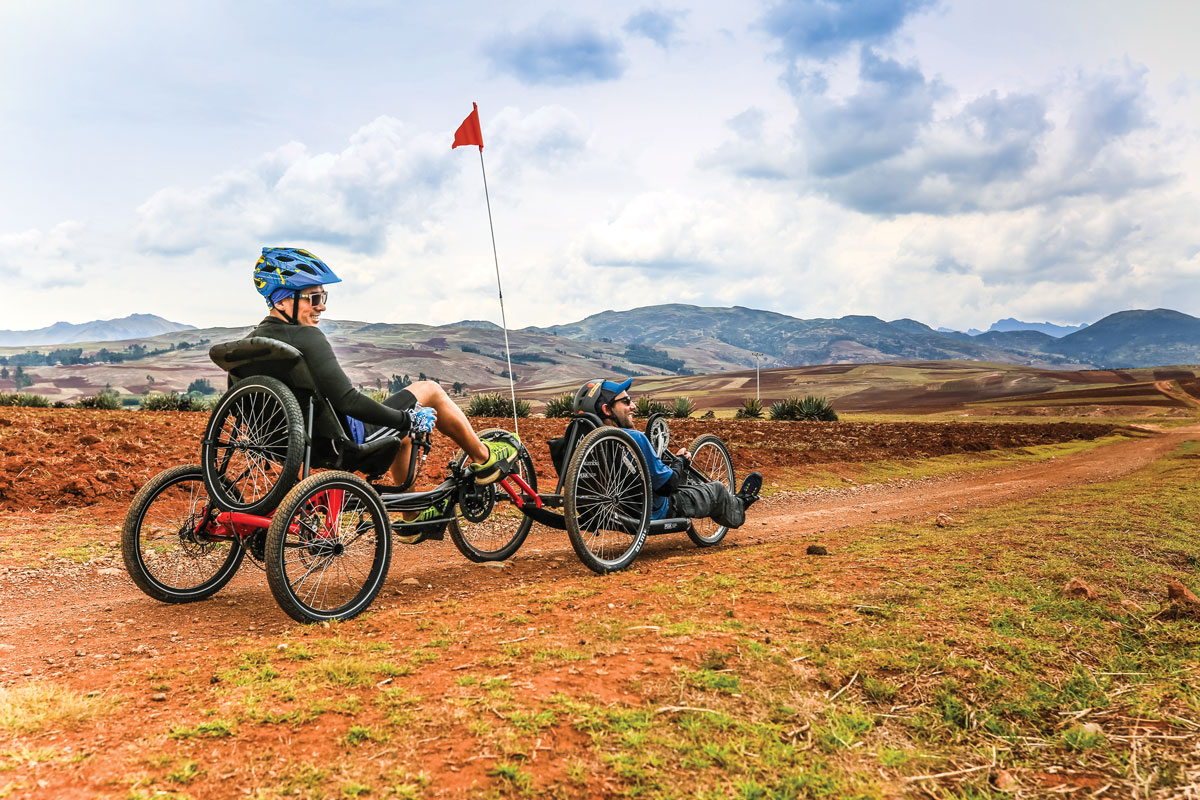
Alvaro Silberstein on Accessibility
What does seeing a broad list of accessible travel destinations mean to you?
We’ve made great progress in collaborating with destinations around the world to offer such a wide lineup of accessible places to stay and things to do at WheelTheWorld.com, but there is still much to be done. We need to continue to inspire the travel industry to adapt and become more accessible.
What does accessibility look like to you in the future?
Our end game is to have accessibility no longer be an issue. I believe accessibility depends on each person, which makes the problem much more complex. Accessibility isn’t just about a ramp or a grab bar. It is about many elements that allow everyone to feel included. True accessibility considers human aspects and interactions, not just infrastructure. When someone, like a tour guide, provides a tourism service, it is crucial that the guide understands the needs of guests with disabilities and adapts what they are offering to ensure those guests have a pleasant experience. My vision for the future is that this will become an everyday expectation.
How did you feel after completing the Patagonia trek?
I felt I could do anything. It was a pivotal moment in my life that allowed me to gain self-confidence and believe my disability is not an impediment to achieving what I want. Apart from that, I felt grateful for having the chance to be in one of the most beautiful places in the world and have such great friends that were there to help me and enjoy the experience together. I went on to visit the Inca Trail in Machu Picchu, a place I never expected to see. We filmed a documentary about it.
One thing you wish everyone could know about the importance of accessibility and living with a disability.
Everyone with a disability wants to live life as anyone else. And if they can’t, it is not because of their disability, but because of the physical and social barriers of the environment. When there are no barriers, people with disabilities can experience life as anyone else, so we should work as a society to eliminate those barriers.
Next travel destination on your list?
I’m looking forward to visiting South Africa or Iceland on one of the multi-day trips we offer at WheeltheWorld.com.
When there are no barriers, people with disabilities can experience life as anyone else, so we should work as a society to eliminate those barriers.
What is the most rewarding part of helping others with disabilities get out and explore?
For many years, I wished a service like Wheel the World existed to allow me to travel more confidently. It is rewarding to receive amazing feedback from our clients who are grateful for the work we do. I spoke recently with a client who has two children with disabilities. They planned a family trip through Wheel the World to Costa Rica, where we have amazing guides and itineraries. She told me during those 10 days, she felt totally relaxed and not worried about her children because they were having so much fun together and receiving the help they needed. It made my day hearing that!
What new National Park locations will Wheel the World include in the coming years?
We are beginning to explore onboarding national parks in the United States, starting with Glacier Bay National Park in Alaska and Zion National Park in Utah.
Get involved WheeltheWorld.com | @wheeltheworld
Accessible National Park Tours from Wheel the World
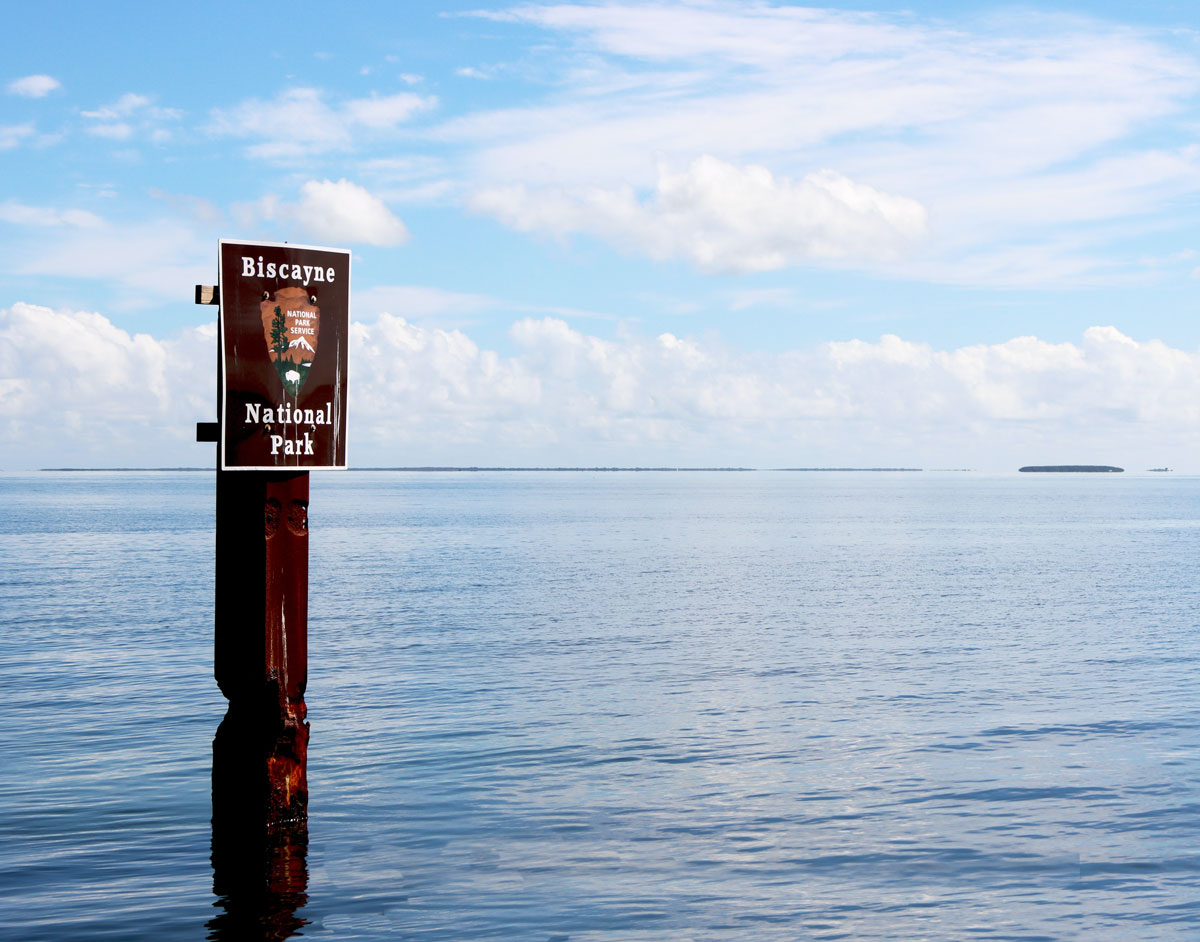
Biscayne National Park
Biscayne, FL | Estimated duration: 4 hours
For a park that’s 99 percent underwater, Biscayne is more accessible than you might think. The visitor center is wheelchair accessible, and there are boardwalks for easy independent navigation. You can also take the boat tour from the visitor center to explore the parts of the park that are not on land. Not a boat person? That five percent above water is rich with plenty of nature to explore.
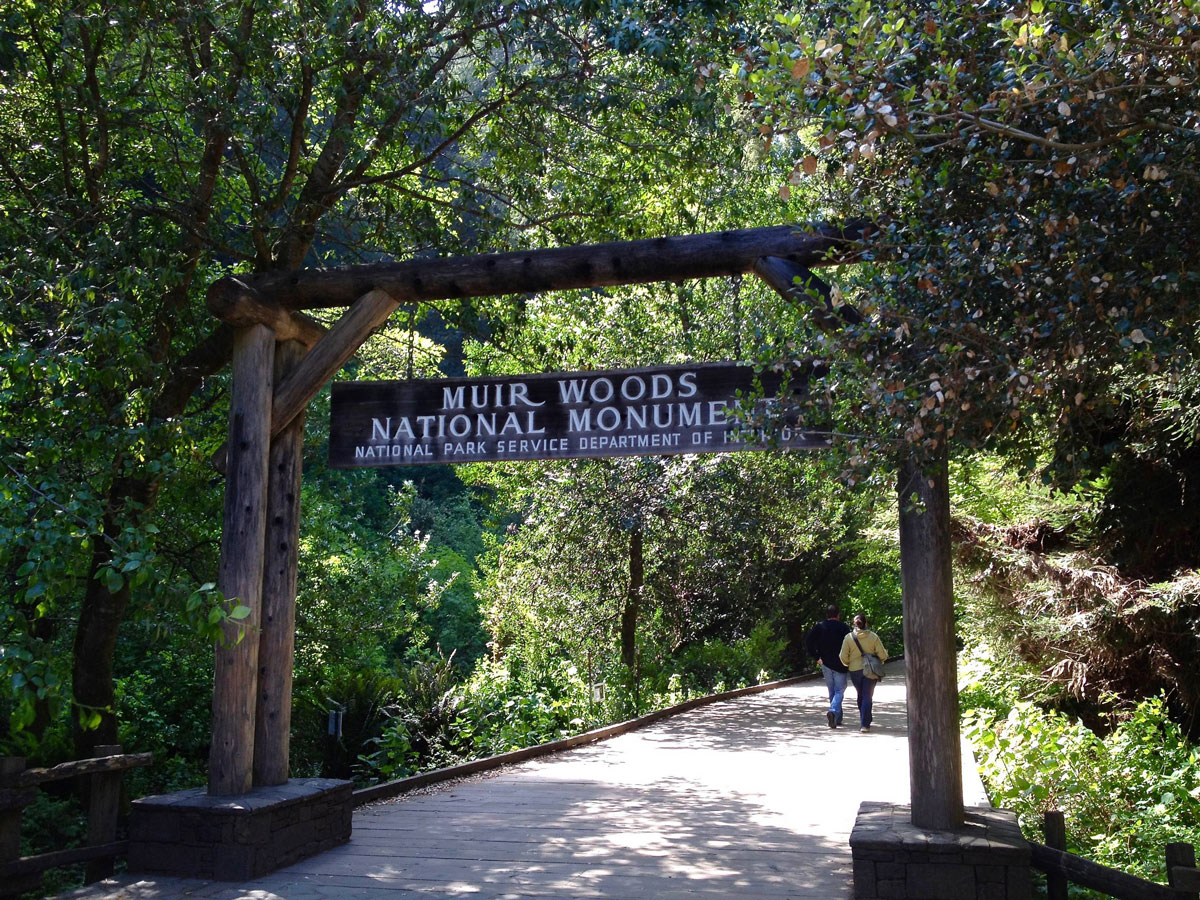
Muir Woods National Monument
Sausalito Tour | San Francisco, CA | Estimated duration: 5 hours
The highlight of the Sausalito Tour is Muir Woods National Monument. Wooden boardwalks wind through the redwoods, allowing for wheelchair access and an up close look at the tallest trees in the world. Transportation in an accessible vehicle is included, with stops around town and at scenic lookouts along the way.
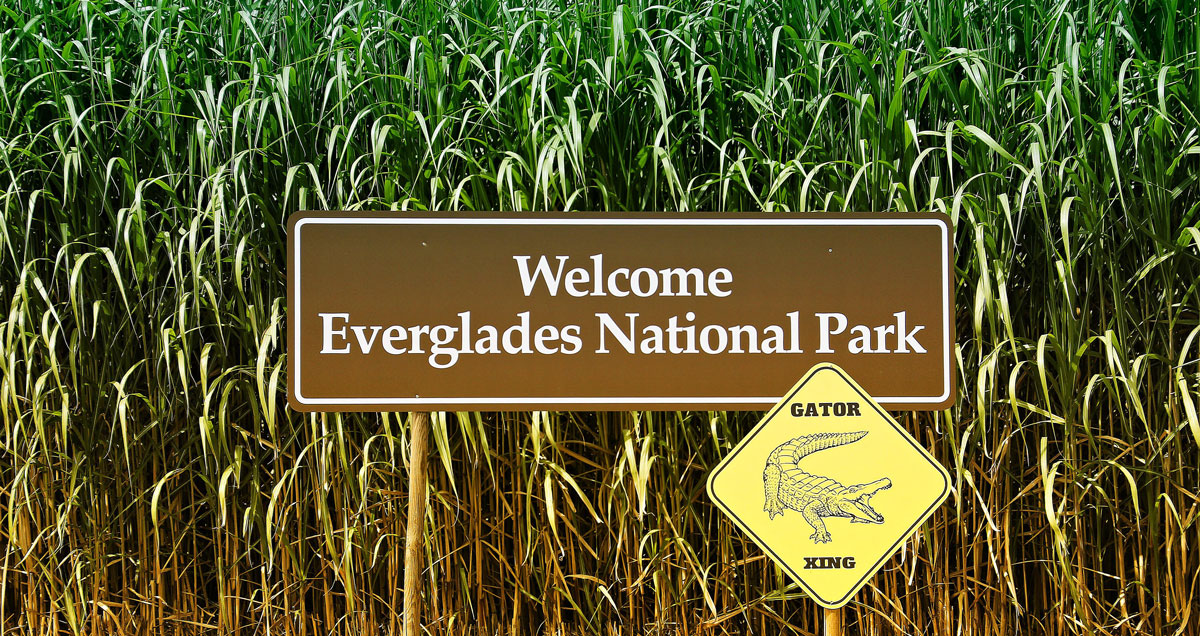
Everglades National Park
Everglades, FL | Estimated duration: 4 hours
The country’s largest tropical wilderness is home to hundreds of different plant and animal species, and it’s particularly famous for its dinosaur-sized reptiles. With numerous paved trails and boardwalks, braille signage, accessible amenities and wheelchairs available, Everglades National Park encourages everyone to explore South Florida. Gator crossing.
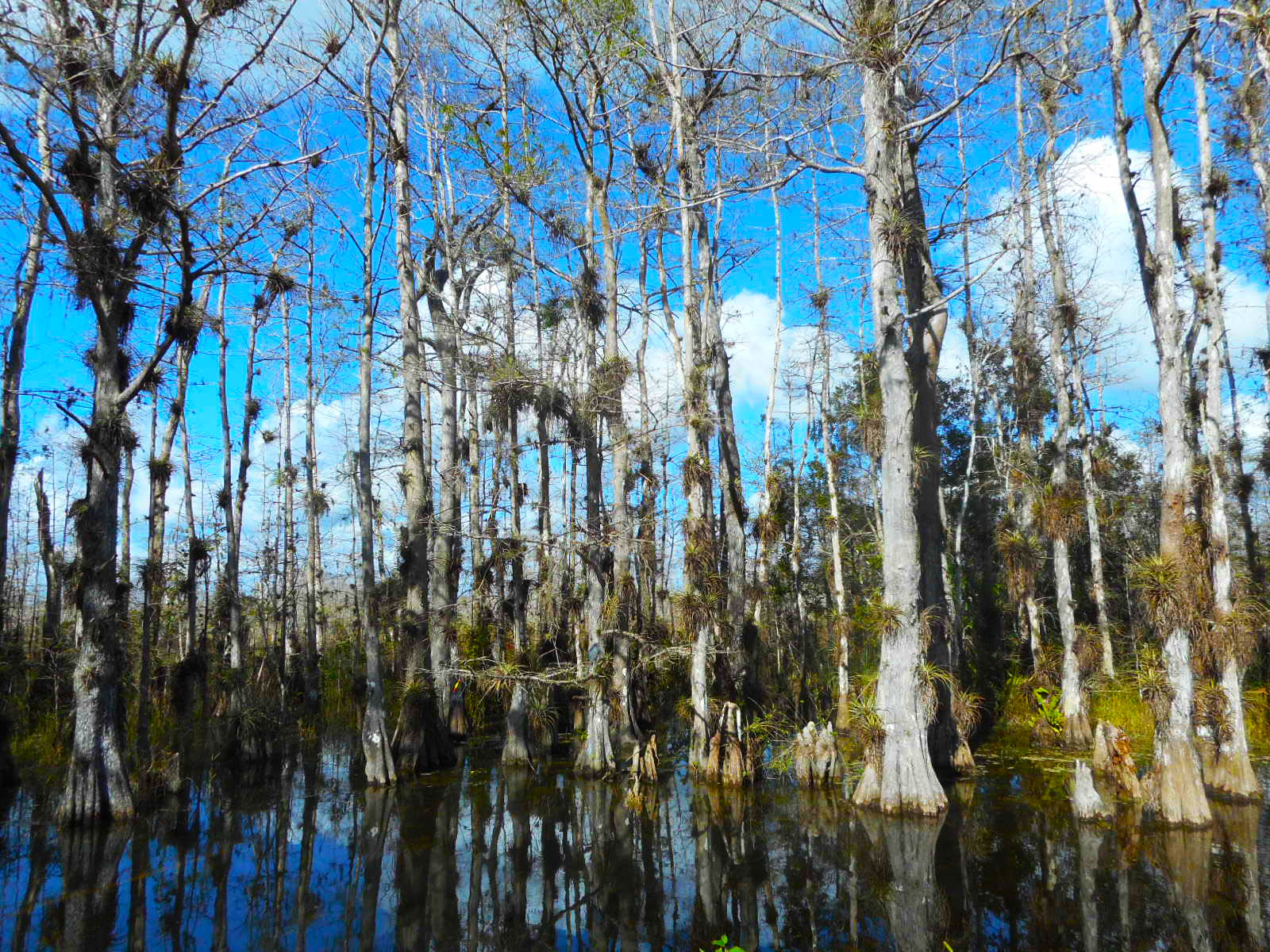
Big Cypress National Preserve
Ochopee, FL | Estimated duration: 4 hours
A vast landscape of swamp, prairie, pineland and hardwood hammocks, this land is home to a variety of habitats and species, including the Florida panther. Boardwalk trails and ramps make it wheelchair convenient, and there are plenty of informational guides and signage throughout the park. Bring your binoculars, bird-spotting is big here.

